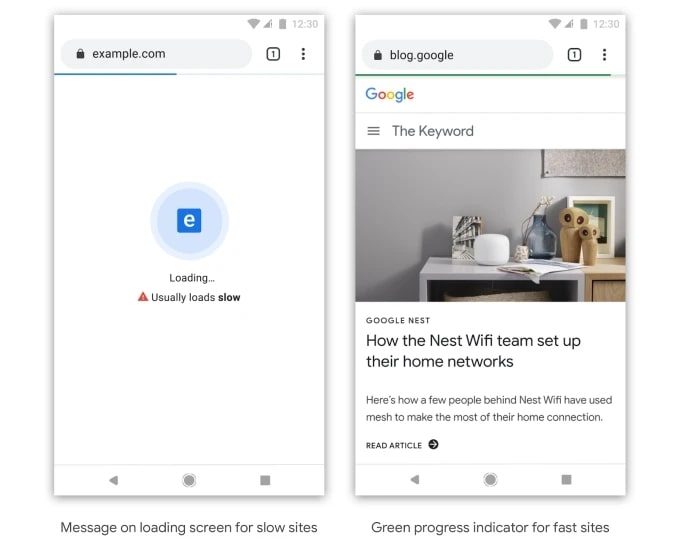
Reading Time: 3 mins
Magento, an Adobe Company is a leading e-commerce platform focused to deliver flexible shopping cart structure for online merchants. Further, it offers a wide range of extensions, themes and plug-ins so as to enhance the customer experience. One of the striking features of Magento is that it is exclusively launched for e-commerce business. Recently, the Gartner Inc. recognized Magento as the 2019 ‘Leader’ for the third consecutive year in a row.
Why go with Magento?
One of the cliches and as well most significant questions might be that ‘why should one opt for Magento instead of other numerous e-commerce platforms?’. Well, though we cannot give a single reason for this question, we can summarize the answer in a single sentence as it is an open-source and most popular e-commerce platform.
Now, let us ponder over what makes it so popular among the e-commerce community.
- Open Source
- Simplified dashboard
- SEO friendly
- Highly scalable
- Ease of Integration
- Dedicated Community (thereby, ample resource support and guidance)
- No latency issues and exceptionally high speed
- Customizable themes
- Ease of catalog-management
- Flexible in fixing pricing rules
- Powerful Marketing Tool
- Only for e-commerce purposes
- Systematized back-end.
- Cross-browser and cross–platform support
- Multilingual and multi-currency support
- Safe and secure
- Quick check-out and payment methods
- Responsive Web Design (specially mobile-friendly, one of the major assets for e-commerce business)
Optimization and Magento Platform:
What does it mean to optimize a Magento website in the first place? Why do you need to optimize a website backed by a well-established platform like Magento? Despite all other website building and hosting efforts, what is the necessity behind optimizing the websites? Well, the answer is to succeed in whatever business you run. Now, let us look at the reasons.
According to the 2017 Think With Google research, more than half-of-the traffic for a website/application comes from mobile and mobile conversion. When such huge traffic and revenue starts from mobile conversion, the speed (page loading) forms a critical point as 53% of mobile visits tend to leave/abandon a page which takes more than 3 seconds to load. In a worst-case scenario, the probability of the bounce rate is said to increase by 90%, if the page load takes 1s to 5s, says the same research.
For an e-commerce sector, these facts are much more significant as the mobile conversion and page loading (in case of loading product images) becomes the undeniable pillars for a successful e-commerce site.
Further…….
Based on the 2018 Unbounce report which surveyed over 750 consumers,
- 85% of participants’ landing pages were slower than Google’s recommendation of 5 seconds or less at a 3G connection.
- Far more young women (18-24) say they’ll close a tab and stop shopping than men of the same age. In this age bracket, 86% of women (compared to 14% of men) said they’re less likely to buy when a page is slow.
- Almost half of consumers say they’ll try to refresh a page at least once when it takes 3 seconds to load. But 22% say they’ll close the tab, and 14% say they’ll visit a competitor’s site. If you count on 1000 daily visitors, that’s 360 potential customers gone.
- It’s no surprise that millennials crave instant gratification, especially when on their phones. 45% of 18-to-24-year-olds say they’ll wait 4-6 seconds on their computers, but only 26% of this age group will wait that long on a cellphone.
- You might assume the average consumer is connecting at speeds faster than 3G, but that’s frequently not the case. Google projects that 70% of global load times will occur at 3G speeds through 2020.

From the recent Google’s Chrome Developer Summit, it was announced that Google is planning to identify and label the slow websites. Since the majority of the Google users searches via mobile phones, a new way of indexing and ranking pages becomes crucial.
Though the final way of labeling the slow websites have been under discussion, one such way of badging the fast-website and slow-website is shown in the below image.
As far as Links are concerned, the context menu will help to caution the users about the slow-websites.
Thus, the steps to make a successful e-commerce websites doesn’t end with web-developing and web-hosting alone, the key strategies lies in the fine-tuning of the site to meet its business objectives.